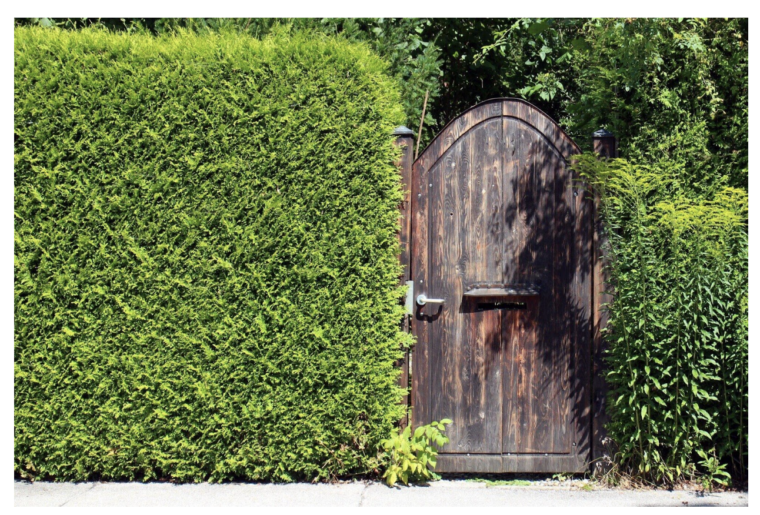The Ultimate Guide to Choosing the Right Material for Your Privacy Screen Fence

Do you want a greater sense of security?
Supplement your security alarm systems with privacy fencing for your backyard. This type of fencing encloses your yard, helping to keep out trespassers and home invaders.
However, this doesn’t mean your fencing has to be an eyesore.
There are plenty of stylish ways to incorporate a privacy screen fence into your landscaping.
Start with these creative ideas for your yard.
Natural Privacy Fencing Ideas
Start with Mother Nature herself.
What types of trees and shrubs are ideal for privacy?
Fir trees are a good first choice, especially fir. This tree is known for its thick, soft blue-colored needles. When planted up against a fence, it offers even more privacy.
Leyland cypress is a popular choice. This tree grows especially fast which is great for natural privacy fencing. This tree has thick, dark-green foliage all year round.
Maples also work, like hedge maple. This tree can grow up to 35 feet which is perfect for natural privacy. It’s also a low-maintenance tree that adapts to various environments.
Hedges are your next option.
Consider planting yews. This dense shrub is planted for its thick cover, obstructing any view from the other side.
Privet is another thick shrub to put on your checklist.
If you want to add a pop of color to your natural fencing, try planting sweet-smelling lilac. This flower grows on thick foliage that grows up to 15 feet, the perfect height for privacy fences.
Other Types Of Natural Fencing
Beyond planting tall, thick trees and shrubs, you can also install privacy fencing constructed from natural materials.
Brush fences are one example. When piled and condensed, these natural materials can bind together to create a sturdy fence.
Spare tree stumps can be constructed into privacy fencing, as well. You can find these at a local lumber yard.
If you have large stones, you can stack and cement them into a fence. This also works for bricks if you have brick-laying experience.
Another option is to weave natural fibers, like foliage, into privacy screens. You can do this with willow trees.
You could also try installing a privacy screen fence and planting climbing plants, like vines and wisteria, right next to it. This will improve privacy even more while enhancing your landscape design.
Installing a Privacy Fence
Next, you have vinyl, metal, and wood composite alternatives for your fence.
Vinyl fences come in a range of colors that adapt to virtually any landscape design. They’re great for commercial sites that need extra privacy.
Weatherproofing also matters for privacy fences. For example, a metal privacy fence comes with multiple layers of weather protection. Steel core, anti-corrosive coatings, and chip-resistant protection ensure long-lasting privacy.
You can also attach additional security signs to your privacy fence to ward off trespassers.
Find Your Ideal Privacy Screen Fence
There are more options for privacy than you think. Start with natural options like tall trees, thick shrubs, and climbing plants. You can also build fencing out of extra logs and branches.
A metal or vinyl privacy screen fence offers the most protection on this list.
Remember to follow the blog for more tips and tricks.
